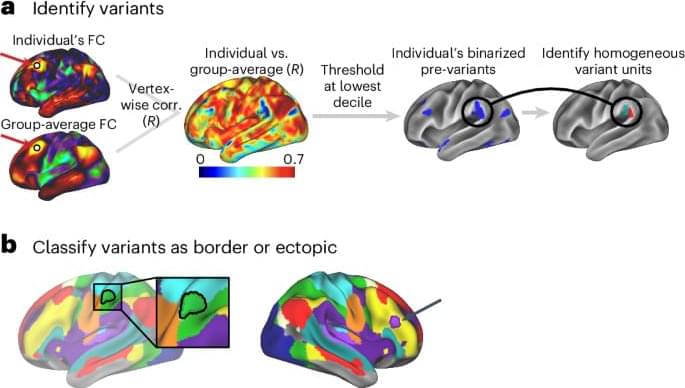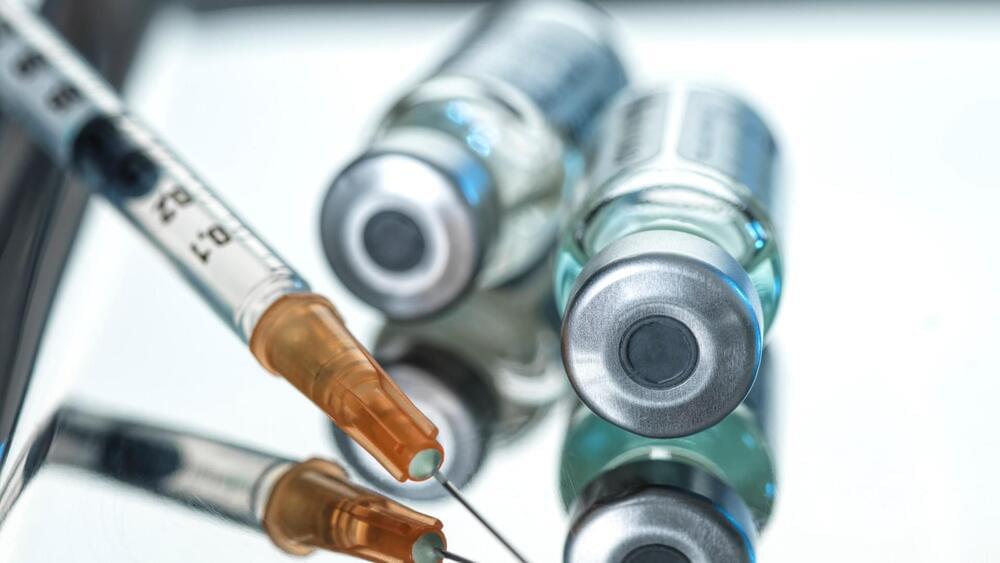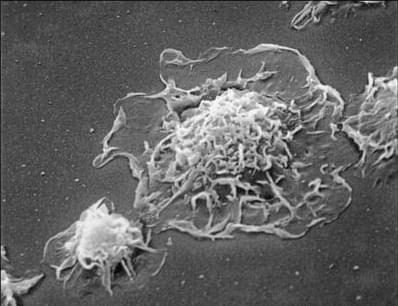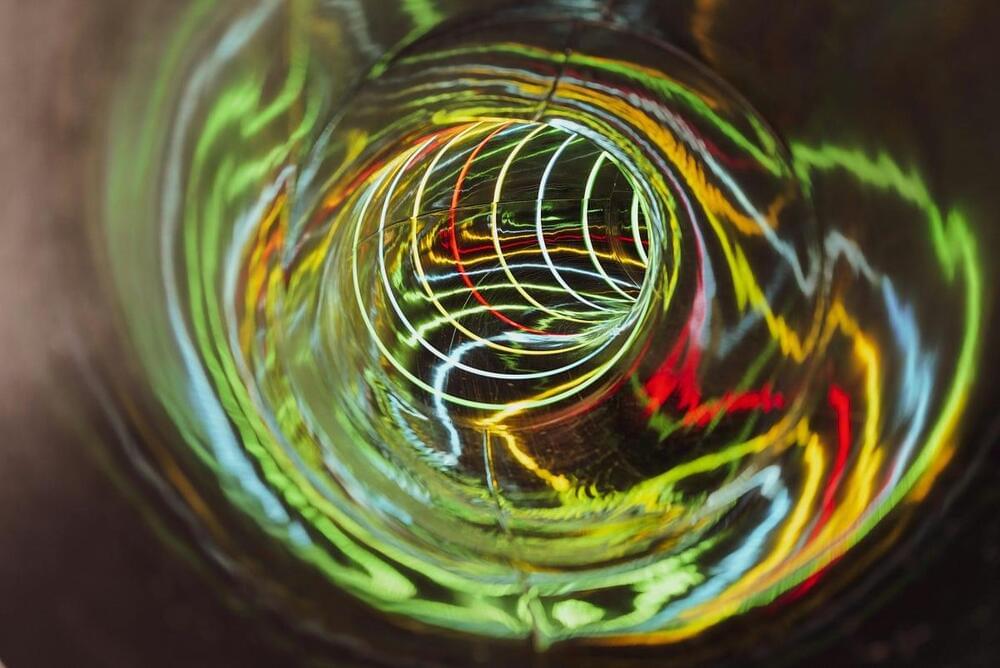Inside an ancient behavior that is helping tackle modern problems.




A NEW mRNA cancer vaccine can reprogram the immune system to attack tumours within 48 hours, a study shows.
The first-ever human clinical trial of four adult patients showed the jab helps fight against aggressive and deadly brain tumours.


Summary: Researchers explore the intricate mechanisms of memory and debunk common myths about its function. They argue that memory is not a static recording but a dynamic, editable process akin to a Wiki page, and emphasize that forgetting is a normal part of how our brains prioritize information.
Through practical strategies and cognitive psychology research, the book offers methods to enhance memory, from everyday tasks to complex learning processes. The authors also address real-world implications of memory understanding, such as in judicial settings where misconceptions can affect justice.

Have you ever looked back on a moment and wondered if you made the right choice? Professor Robert Sapolsky has, but he believes that there was no actual choice at that moment. Professor Sapolsky has staked out an extreme stance in the field: we are nothing more than the sum of our biology, over which we had no control, and its interactions with the environment, over which we also had no control. Explore what it looks like to reject the notion of free will and how doing so can be liberating rather than paralyzing and despairing.
About the Speaker.
Professor Robert Sapolsky is the John A. and Cynthia Fry Gunn Professor and a professor of biology, of neurology, and of neurosurgery. Over the past thirty years, he has divided his time between the lab, where he studies how stress hormones can damage the brain, and in East Africa, where he studies the impact of chronic stress on the health of baboons.
Sapolsky’s research is featured in the National Geographic documentary \.

Feb. 1, 2024 – A common condition called polycystic ovary syndrome that causes irregular menstrual cycles has been linked to signs of early cognitive decline.
Known as PCOS, the condition may affect more than 1 in 10 women, and is among the most common causes of infertility. In addition to ovulation problems, PCOS can cause excess hair growth on the face and the other parts of the body, as well as abnormal growths on the ovaries. Women with PCOS are at a particularly heightened risk of getting type 2 diabetes, as well as other serious health conditions like heart disease, high blood pressure, cholesterol problems, and sleep apnea, particularly if the women are overweight.
This latest study looked for possible links between PCOS and brain health in women once they were in their late 40s or older.


Could a future superintelligence bring back the already dead? This discussion has come up a while back (and see the somewhat related); I’d like to resurrect the topic because … it’s potentially quite important.
Algorithmic resurrection is a possibility if we accept the same computational patternist view of identity that suggests cryonics and uploading will work. I see this as the only consistent view of my observations, but if you don’t buy this argument/belief set then the rest may not be relevant.
The general implementation idea is to run a forward simulation over some portion of earth’s history, constrained to enforce compliance with all recovered historical evidence. The historical evidence would consist mainly of all the scanned brains and the future internet.